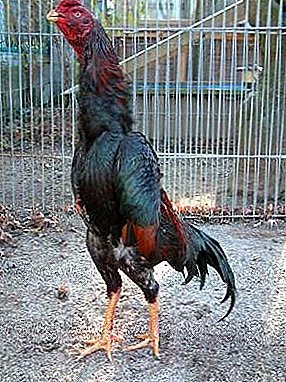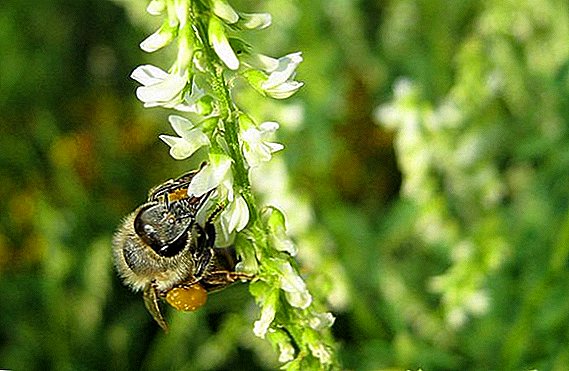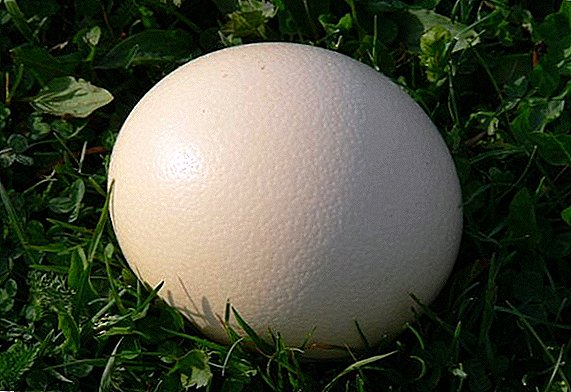
Cockfights have long been known to mankind. Historians managed to establish that the fighting breeds of chickens were first bred in India 4.5 thousand years ago.
However, not only the Indians are known to the world for their burden to the "cock" sport. Even in Japan, a special fighting breed of hens was called Tuzo.
Chickens Tuzo were bred in the distant XVI century. Japanese breeders sought to create a small and nimble breed of hens that could easily overcome popular Asilias.
Initially, the hen Touzo was divorced only at the court of the emperor, who loved cockfighting.
For the first time the breed was described in the USA by C. Finsterbusch; however, eggs only got to Europe in 1965. Combat breed breeders immediately became interested in Tuzo, since this bird was very agile for its relatively small size.
Breed description
 Chickens have a very small body, but at the same time they look quite elegant. Perhaps such a visual effect is achieved due to the sharply falling body setting.
Chickens have a very small body, but at the same time they look quite elegant. Perhaps such a visual effect is achieved due to the sharply falling body setting.
Fighting type of build in a bird is emphasized by an absolutely straight back, fit of all muscles and narrow shoulders. The neck of the hens of Touzo has a slight bend, which is almost imperceptible, because the bird has a perfectly even posture.
Like many other fighting breeds of chickens, Touzo dense plumage. It fits well with the body to make it more difficult for the opponent to pull it out during the fight.
There are also feathers on the bird’s neck, but they are very short, barely touching the back. At the waist is almost completely no feather cover.
Touzo's tail is well developed, but its small braids are small in size. The wings are small but wide. At the same time they fit snugly to the body of the bird, without interfering with engaging in battle with the enemy.
The head is round and wide, has a well-developed superciliary arch. The comb of cocks and hens has a rose-like shape and small size. Chickens and roosters are characterized by the presence of plumage on the face: it is absent in roosters.
Concerning earrings, then they appear only in mature cocks. The ear lobes are almost imperceptible, although they are red in color. The beak is strong but short. By the end, it bends slightly, which gives Tuzo a more awesome look.
 Cross Hisex today is known to all poultry farmers in Russia. This breed has established itself in the domestic market.
Cross Hisex today is known to all poultry farmers in Russia. This breed has established itself in the domestic market.Another thing - Oravka chickens. You can read about this rare breed here: //selo.guru/ptitsa/kury/porody/myaso-yaichnye/oravka.html.
Now in Japan white, black and pale-colored Tuso are actively bred. In Germany and other Western European countries, only black Tuzos with light green reflux are recognized. However, in some nurseries in Europe continue to breed white chickens.
Features
 Japanese Tuzo is characterized by increased dexterity.
Japanese Tuzo is characterized by increased dexterity.
Due to this, she can easily win over the more resilient Indian Azil. This also contributes to the small weight of the bird - roosters weigh only 1.2 kg.
Chickens Tuzo have a very aggressive temper. This allows the bird to quickly enter the fight, without fear of even a larger and more resilient opponent. As a rule, Tuzo do not even know what fear is, so they immediately rush into battle, which brings considerable pleasure to the audience.
Unfortunately, this breed rarely divorces in domestic nurseries, so there may be problems with the filling and the formation of the parent herd.
Content and cultivation
 Chickens Touzo, like any other fighting chickens, should be kept in separate enclosures.
Chickens Touzo, like any other fighting chickens, should be kept in separate enclosures.
The fact is that because of their grumpy temperament, roosters can peck at other domestic birds. In addition, the Touzo's cocks should be kept in separate cages so that they could not cause themselves serious injuries before the fight.
It is also necessary to take into account the fact that chickens need regular green walking. From grass and land in the area they will get small insects, grain and small pebbles that promote digestion.
As a courtyard, you can use the garden, vegetable garden, vineyards and berries. Birds will walk on green lawns, collecting pests and fallen berries. This will help the owner of the farm to get rid of unnecessary problems with insects and rotting berries.
They are very difficult to breed because only true breed collectors have breeding stock. Unfortunately, this breed can in no case be crossed with other fighting breeds.
This is especially true of those breeds that have a large amount of live weight. Also, cross-breeding with Old English dwarf chickens is not recommended. In the case of such a crossing, unviable offspring is obtained, which soon perishes.
Careful crossing of Touzo is allowed only with the Belgian dwarf fighting breed. However, there is a high risk that the Touzo's chickens will lose their initial signs, therefore, one should give preference to pure-breeding.
Now, many European poultry farms are trying to breed purebred Japanese fighting chickens, as they are of genetic interest for modern breeders.
Specifications
Roosters reach a mass of 1.2 kg, and chickens - 1 kg. Layers are able to lay only 60 eggs with a white or light brown shell per year. As a rule, eggs are very small, as they have a mass of only 35 g.
Analogs
 Instead of the rare breed Tuzo, you can breed dwarf Shamo. This breed was also bred in Japan.
Instead of the rare breed Tuzo, you can breed dwarf Shamo. This breed was also bred in Japan.
It is characterized by small size, good stamina and dexterity, allowing it to win even strong rivals.
Not only private farms but also large poultry farms are engaged in breeding Shamo, so the formation of the parent flock will not be a problem.
Another analogue can be considered the Japanese Yamato hens. They are also small in size, but they have a stronger constitution. They are bred by private breeders who are constantly trying to update the population of their chickens.
Conclusion
Fight Chickens Touzo is an elegant breed of sports chickens. It is highly regarded among collector breeders because of its rarity and good appearance.
Now, many European farms are striving to preserve this valuable Japanese breed, as there is always a risk that it will be lost forever because of its interbreeding with other fighting chickens.












